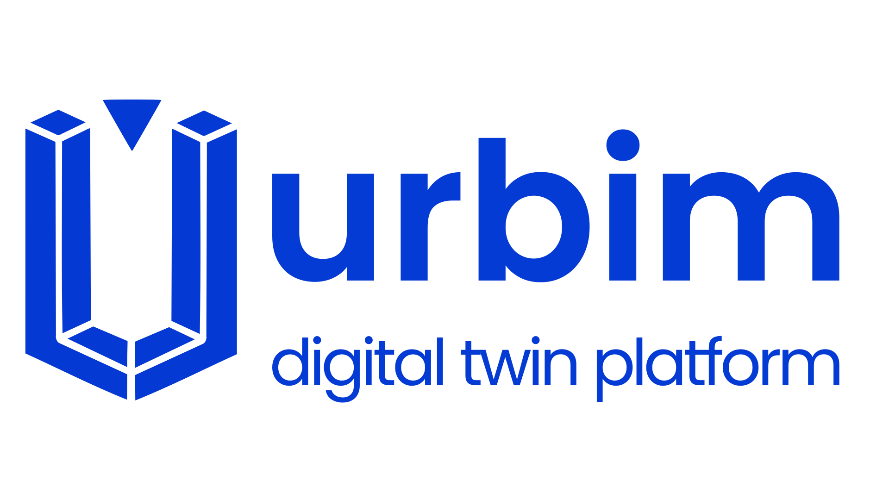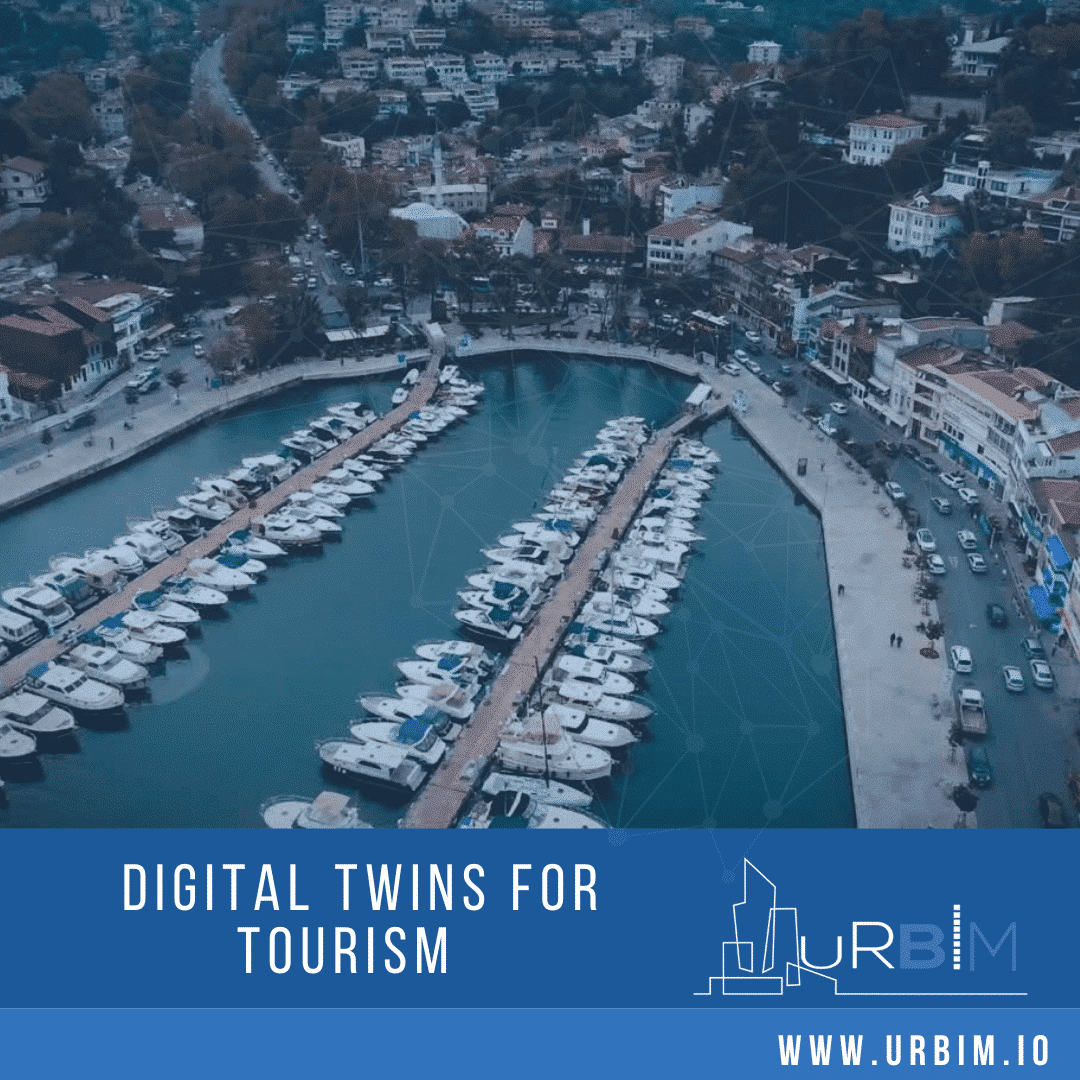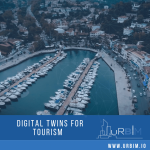BIM supports the solution of new business models in the tourism sector.
The health crisis and its indirect changes have brought with it the reinvention of new business models for many sectors. For example, one of the most affected in 2020, tourism took a significant turn supported by innovation and new technologies.
In search of applicable inventions, these new tourism business models have expanded their methodologies, among them the BIM methodology, which has become one of the most convincing trends for the exploitation and management of any of the data that transits in the sector.
It is well known that the tourism sector moves a large amount of data that must manage, both for the user and the internal operation that carries it. In this, BIM helps precisely as a new technology to improve the activity of the work centers, generating new milestones of use and better managing any asset or data produced.
The potential of BIM in the tourism sector is that it can be coupled to different work designs and data platforms already used in any company, in addition to reaching all the data that transits in the cloud related to improving and developing the new tourism model.
In other words, from large to small magnitudes, BIM seeks to address all data and turn them into development potential. As a result, this is becoming a cooperative, competitive and functional tool for work teams that increasingly adapt to new technologies.






